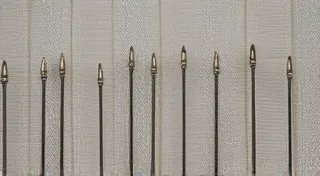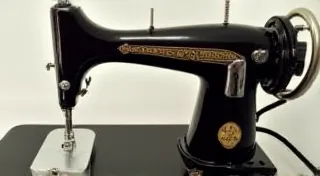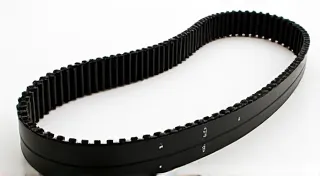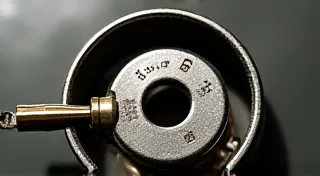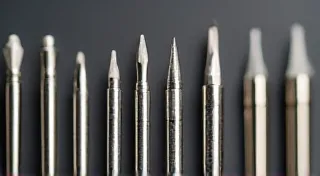Singer 15-91: Understanding and Using Different Needles
The Singer 15-91 is a robust and reliable machine, beloved by vintage sewing enthusiasts. To keep it running smoothly and achieve the best possible results, understanding the types of needles it requires and how to use them is crucial. This guide will cover the different needle options available and how they impact your sewing projects.
The 15-91 Needle System: A Universal Standard
The Singer 15-91 utilizes the European needle system, often referred to as "1304GR" or "HAx1". While the names vary, they all indicate a needle designed to fit the machine's needle clamp. It’s important to note that the 15-91's needle fitting is slightly larger than the common Singer 66, so while a 66 needle *might* fit, it won't be optimal and could cause issues. Always use needles explicitly labeled for the 1304GR/HAx1 system. Maintaining your vintage machine involves more than just the needle; regular lubrication is essential for longevity, and you can learn more about that in our lubrication guide for vintage Singer sewing machines.
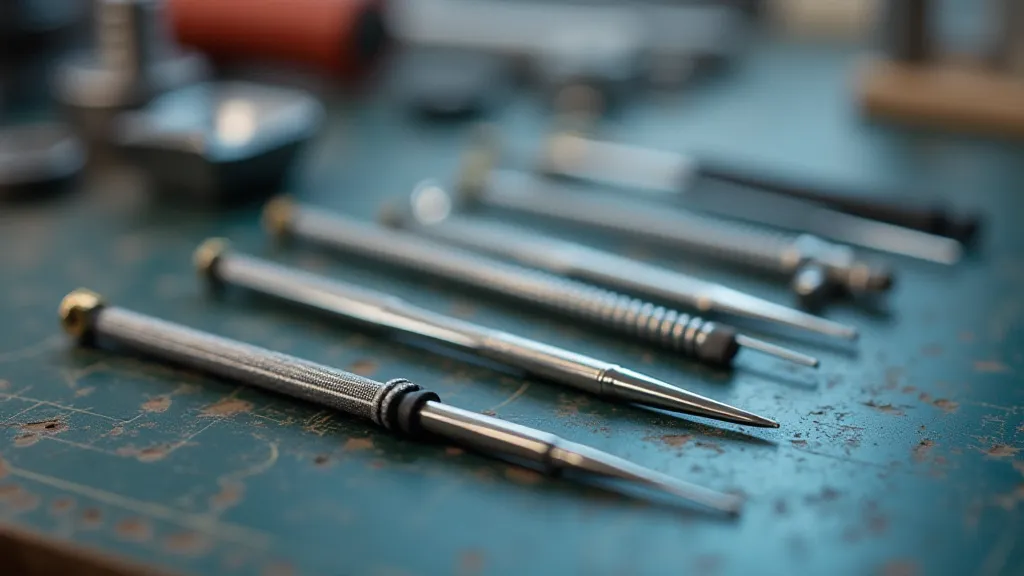
Needle Types & Their Uses
Within the 1304GR/HAx1 system, a variety of needle types cater to different fabrics and techniques. Here’s a breakdown:
Universal Needles
These are your workhorses, suitable for a wide range of woven fabrics like cotton, linen, and lightweight synthetics. They have a slightly rounded point and are a good starting point for general sewing on the 15-91. A size 80/12 or 90/14 are commonly used. Before you start a project, it's helpful to understand the intricacies of different vintage models, just as someone might appreciate the details of a Singer 201.
Ballpoint Needles
Ballpoint needles are essential for knit fabrics. The rounded tip separates the fabric yarns instead of piercing them, preventing skipped stitches and runs. They're a must-have for jerseys, t-shirt material, and other stretchy fabrics. Again, a size 80/12 or 90/14 will generally suffice.
Sharp Needles
Sharp needles, also known as “microtex” needles, are designed for smooth, tightly woven fabrics like silk, rayon, and microfiber. Their sharp point produces a cleaner stitch and reduces fabric damage. Use with caution on delicate fabrics as they can sometimes be prone to breakage.
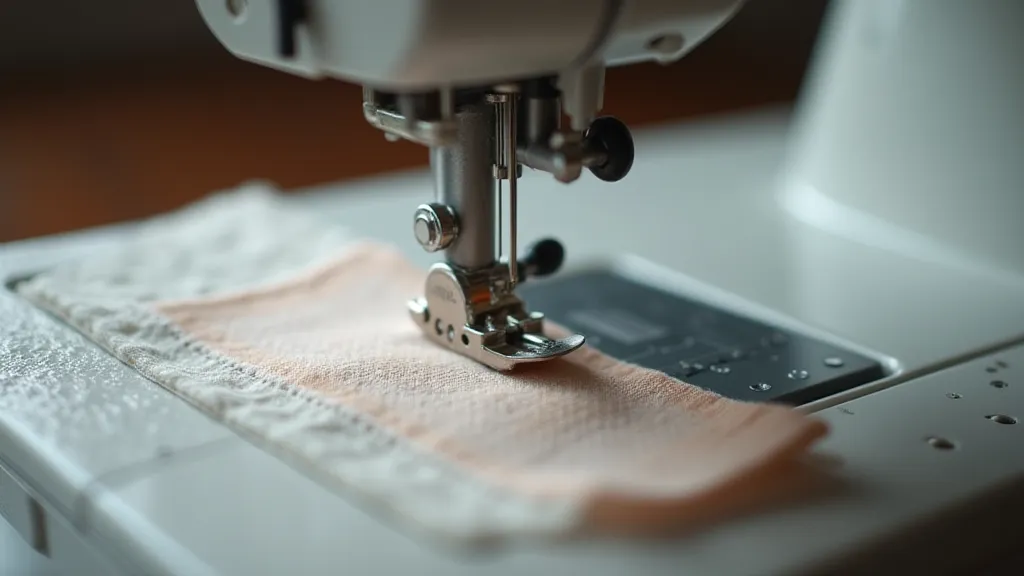
Leather Needles
Leather needles are heavier and have a wedge-shaped point that allows them to pierce through thick leather without bending or breaking. The 15-91 is often used for leather projects, so these are a valuable addition to your sewing kit. Sizes 90/14 or 100/16 are common.
Quilting Needles
While primarily used with domestic machines, a heavier-duty quilting needle from the 1304GR/HAx1 system can be useful for quilting on the 15-91, especially for thicker layers of fabric. They typically have a slightly longer shank.
Needle Size Matters
The size of the needle, indicated by two numbers (e.g., 90/14, 80/12), is also critical. The first number refers to the diameter of the needle in millimeters, and the second number represents the number of punctures per inch. Generally:
- Smaller sizes (70/10 – 80/12): For lightweight fabrics like sheer fabrics and delicate silks.
- Medium sizes (90/14 – 100/16): For most general sewing and medium-weight fabrics.
- Larger sizes (110/18 and up): For heavy fabrics like denim, canvas, and leather.
Needle Replacement & Care
Needles wear out and become damaged over time, even with careful use. Here are some signs it’s time for a new needle:
- Skipped stitches
- Broken threads
- Fabric snags or pulls
- Bent or burred needle tip
- Needle bending or breaking during sewing
Always change your needle regularly, even if you’re not experiencing any problems. A fresh needle will ensure optimal stitch quality and prevent damage to your fabric and machine. Restoring a vintage Singer involves meticulous cleaning and polishing, akin to the careful preservation of a Singer 201’s polished body.
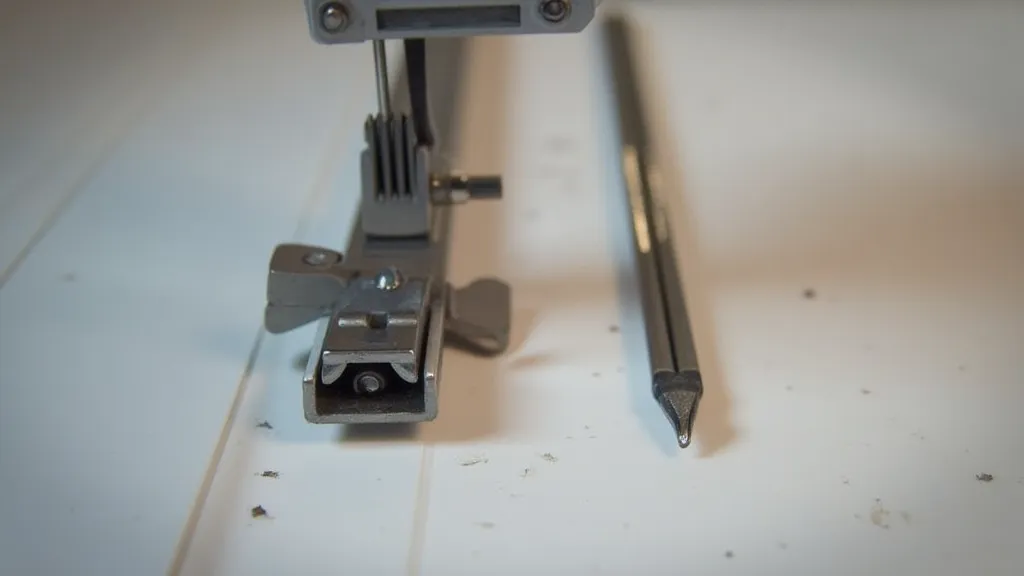
Troubleshooting Common Issues
Even with the right needles, you might encounter occasional problems. Sometimes a stubborn issue might require more than just a new needle; it might signal a deeper problem with your machine. For instance, if you're struggling with a particularly persistent issue, you might find some helpful solutions in our guide to troubleshooting a Singer 66-4. These machines share many similar components, so the advice can often be applied across different models.
Extending Needle Lifespan & Best Practices
Beyond regular replacement, there are several ways to extend the lifespan of your 15-91 needles and ensure optimal sewing performance:
- Fabric Selection: Avoid sewing through very thick or heavily textured fabrics unnecessarily. These put extra strain on the needle.
- Needle Orientation: Always install needles with the flat side of the shank facing the flat side of the needle clamp. Incorrect orientation can cause vibration and premature wear.
- Consistent Sewing Speed: Avoid sudden changes in sewing speed, as this can stress the needle.
- Proper Thread Tension: Incorrect thread tension can lead to increased friction and damage to the needle. Regularly check and adjust your machine's tension settings.
- Pre-Punching Thick Fabrics: If you absolutely must sew through a very thick fabric, consider pre-punching a small hole with an awl to reduce the strain on the needle.
Understanding Different Needle Shapes
While the 1304GR/HAx1 system standardizes the needle shank, subtle variations in needle shape exist to cater to specific needs. For example, some needles feature a slightly rounded point for delicate fabrics, while others have a more acute point for piercing tougher materials. Experimenting with these subtle variations can help you fine-tune your sewing results.
Conclusion
Choosing the correct needle for your Singer 15-91 is essential for achieving professional-looking results and prolonging the life of both your machine and your fabric. Understanding the different needle types and sizes, and regularly replacing worn needles, will keep your vintage Singer sewing machine running smoothly for years to come. Remember to consult our other guides for deeper dives into machine maintenance and troubleshooting.
